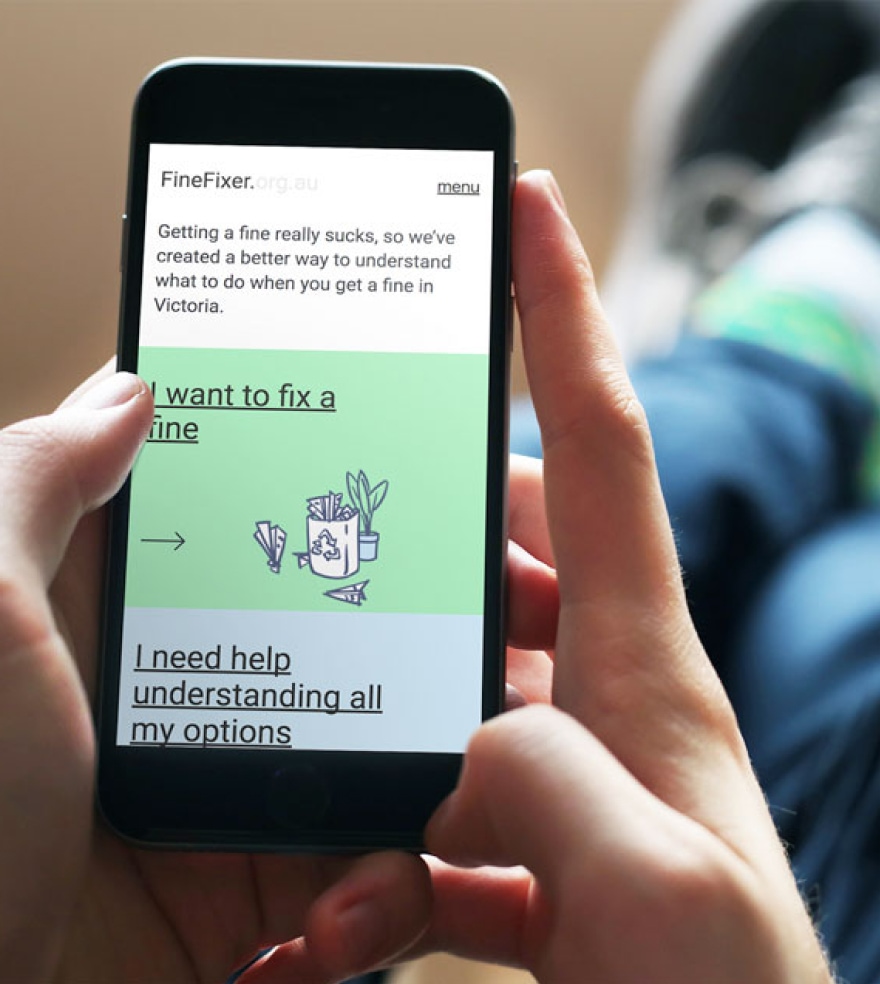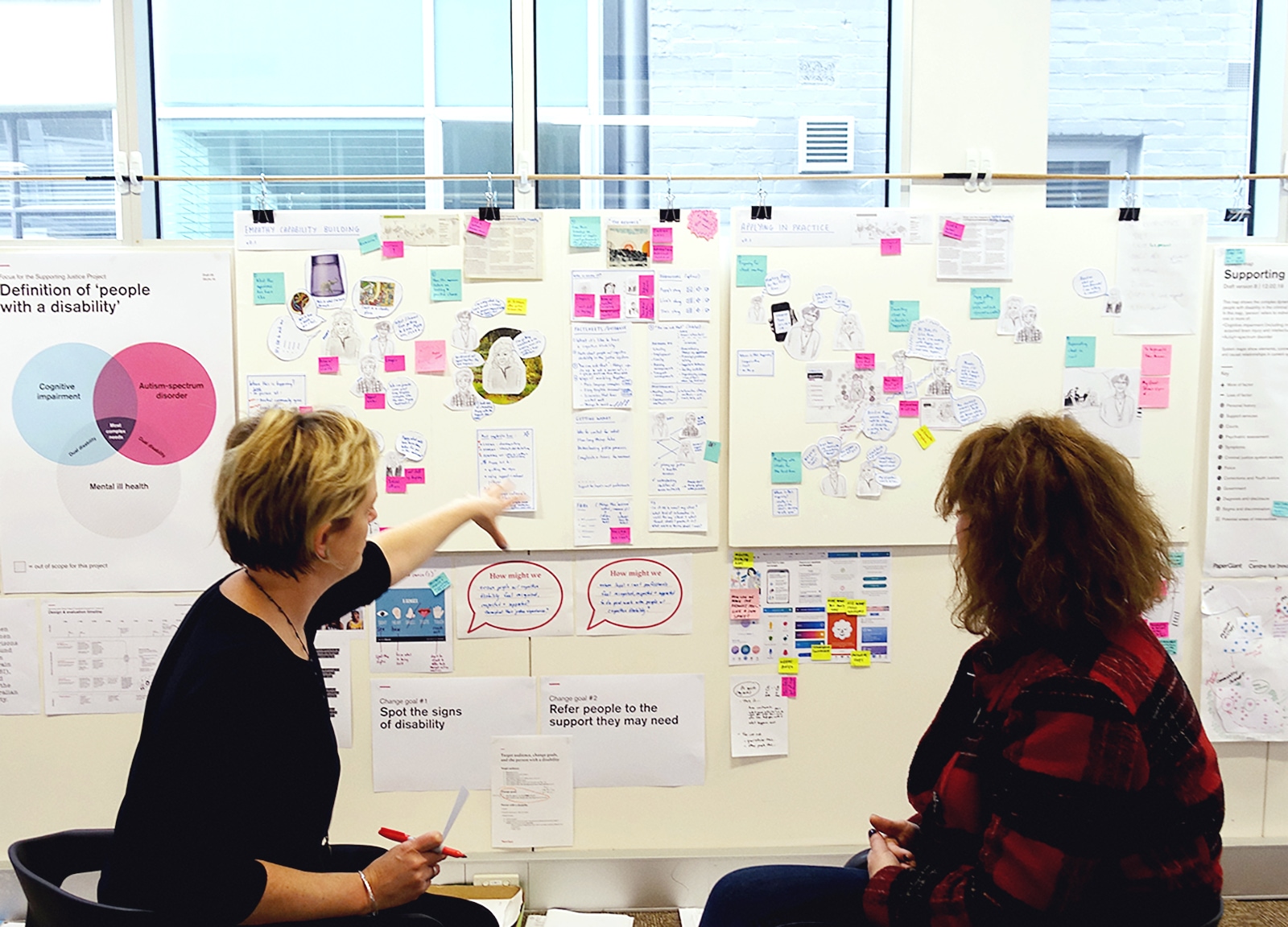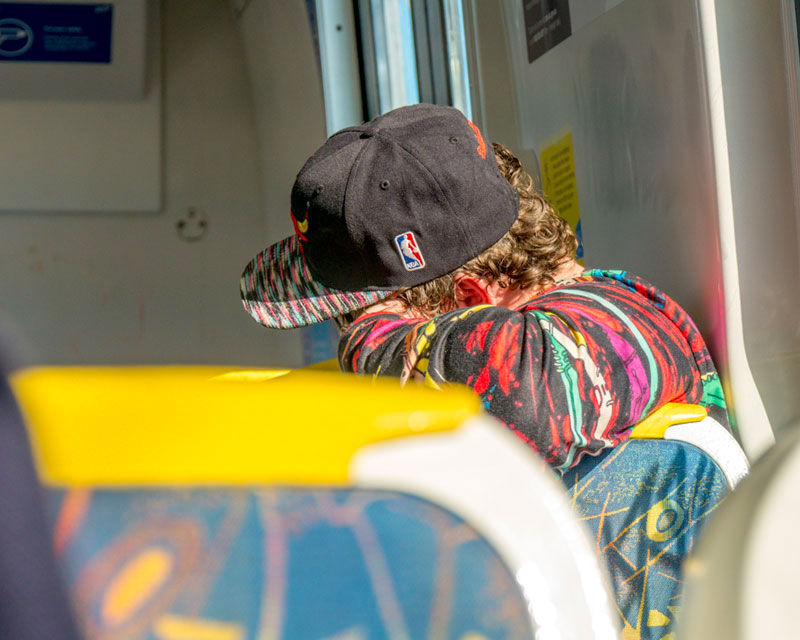University of Technology Sydney
Enabling conversations about the ethics of facial recognition technology
We worked with the UTS Centre for Social Justice & Inclusion on an application that the public can interact with to learn about the use and misuse of facial recognition. As the Centre develops a model law on facial recognition, the tool is an innovative way of exploring with the community which additional legal protections we need.
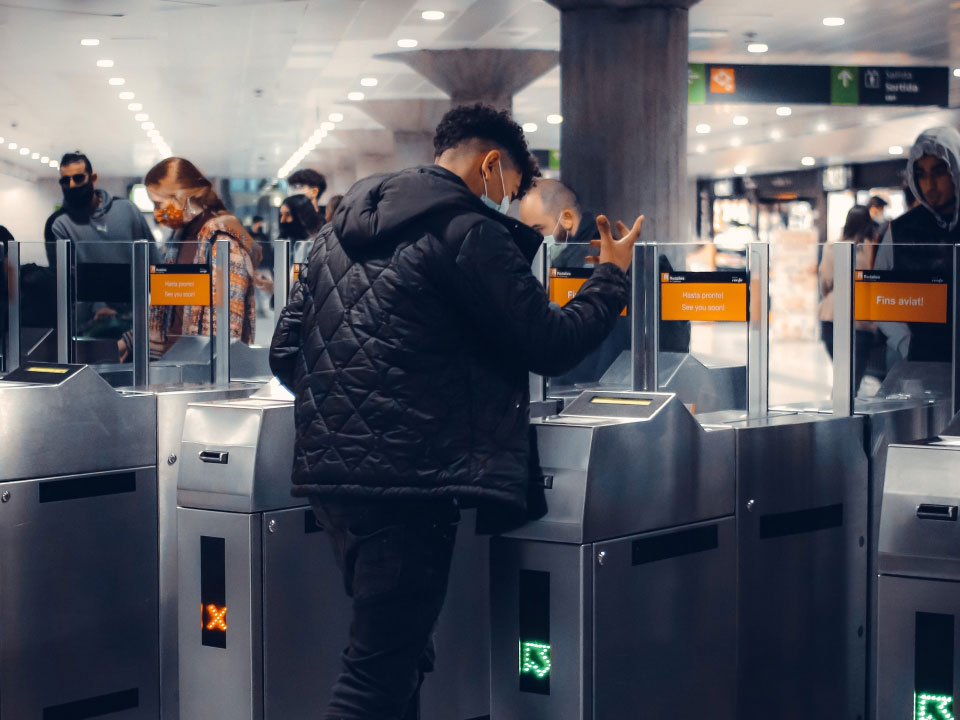
Outcomes
- An engaging and user-friendly interactive application that presents speculative scenarios of facial recognition technology and that is effective in helping to address the broader research aims
- Polished, high quality and visually compelling design artefacts that foster interest, understanding and awareness
- Detailed interaction data that illustrate the interactions with the application and anonymised, privacy-protective responses to its outputs to inform follow-up research and synthesis
Services
- UX and UI design
- Community engagement
- Design research
Sectors
Informing new legal considerations
One-to-many facial recognition compares target images of a face against extensive databases of subjects. In many instances, the comparison results in an outcome, such as controlling access or locating suspects. However, there are no current dedicated laws for facial recognition in Australia, leading to technology usage with little oversight. Primary risks are misuse, where the technology results in people being wrongly identified, and overuse, where we creep towards mass surveillance.
The Centre for Social Justice & Inclusion at UTS is assessing laws relating to facial recognition in Australia and overseas, and how we can improve legal protections. The goal is to create a model law for facial recognition technology in Australia prohibiting harmful activity while encouraging innovation for the public good.
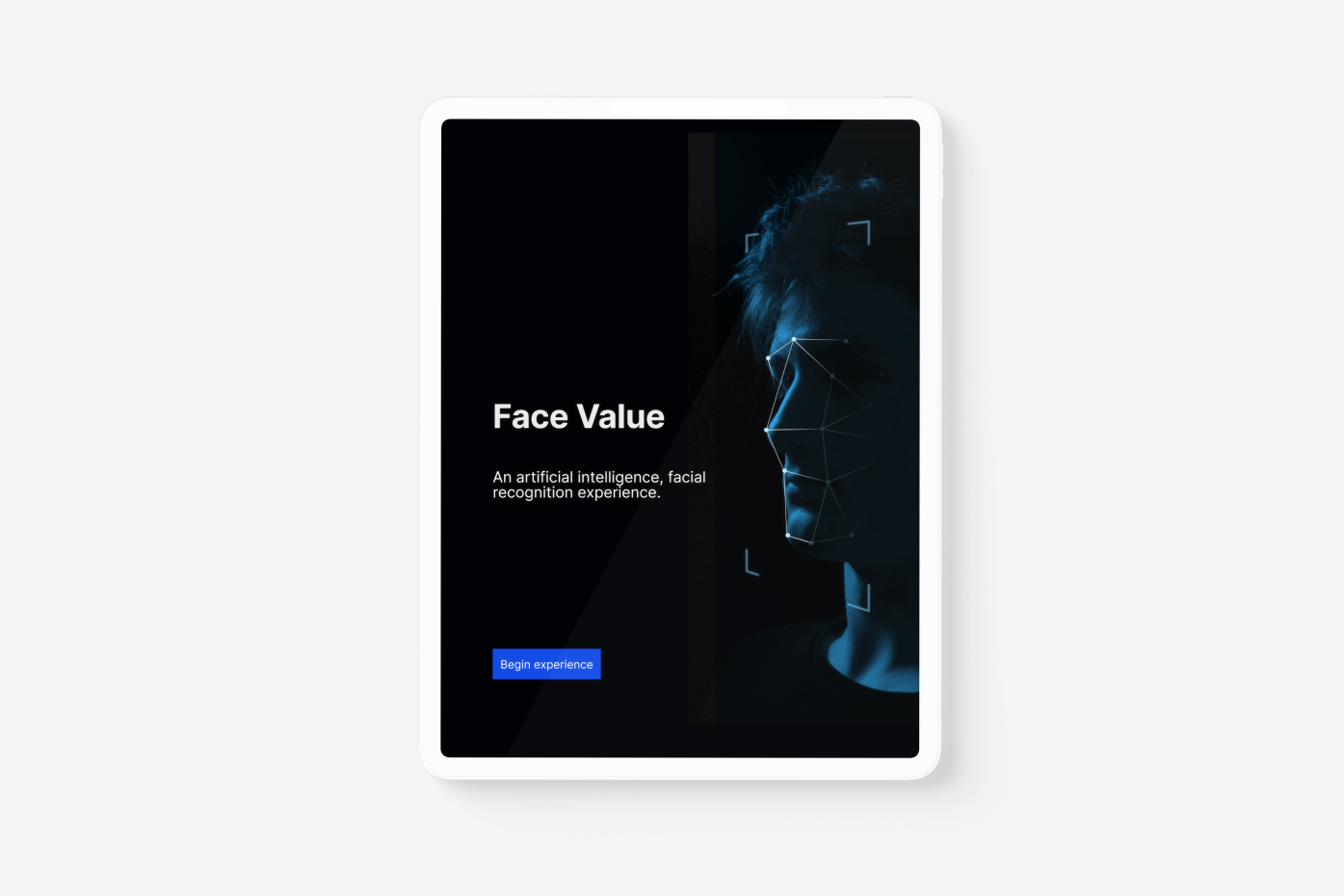
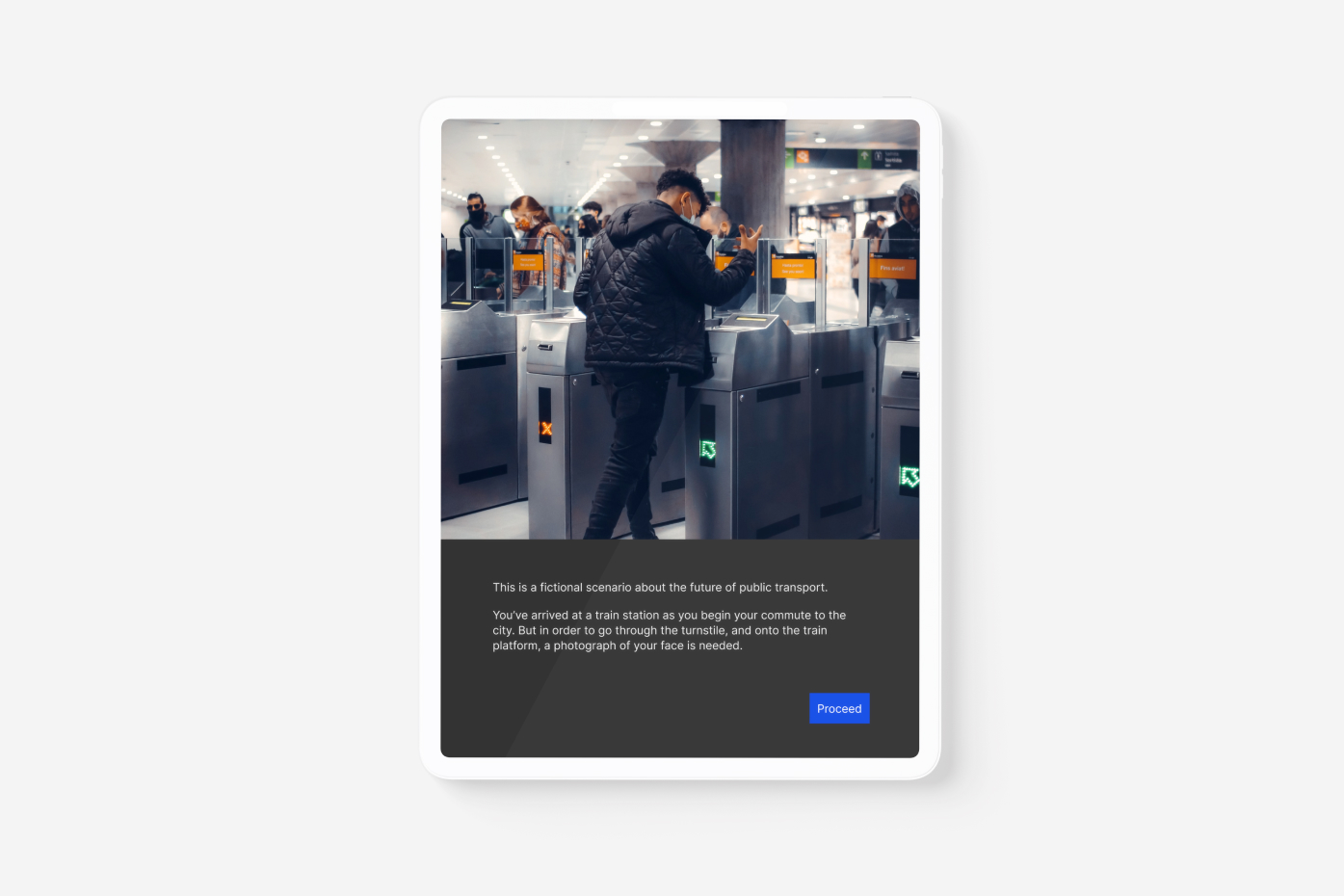
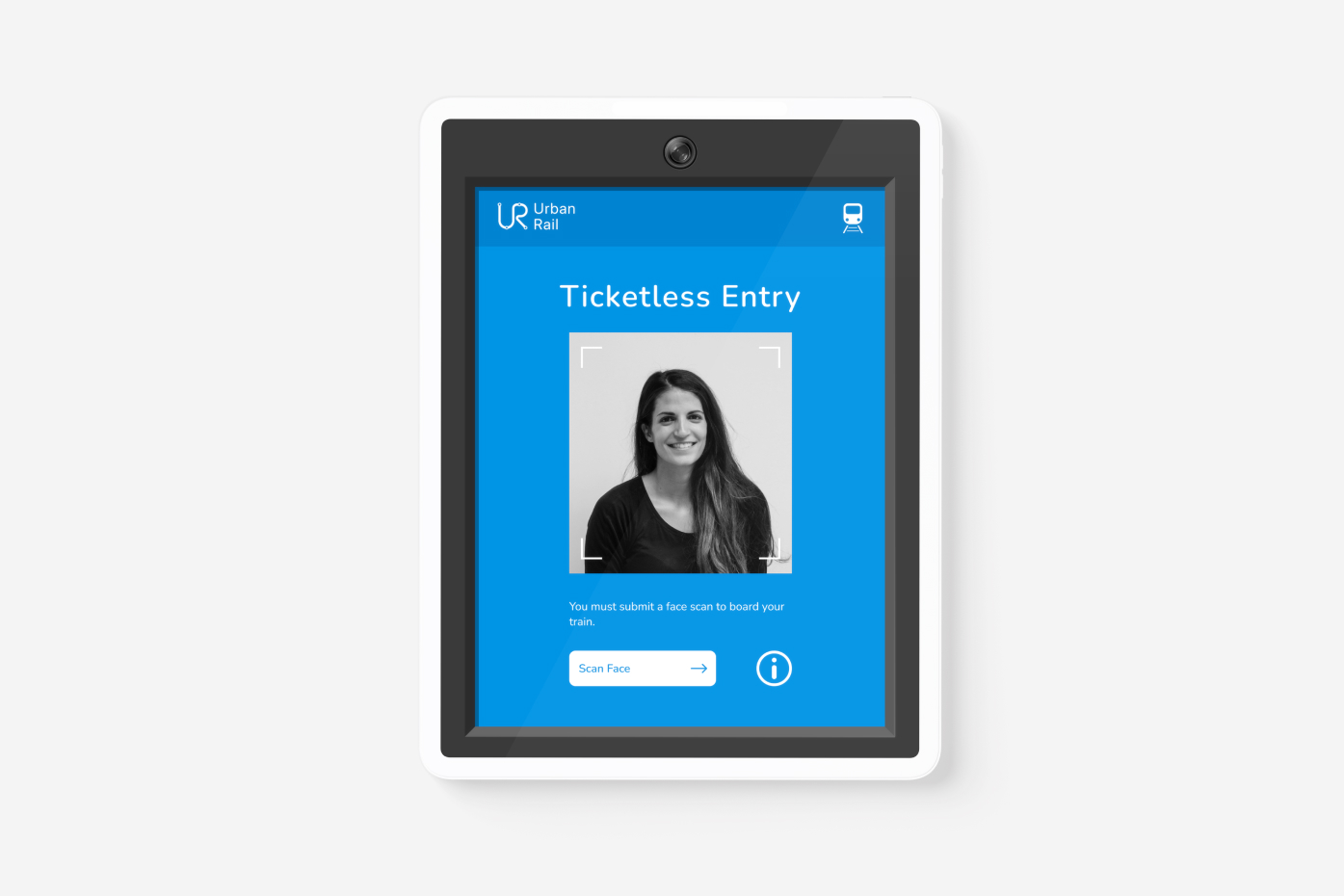
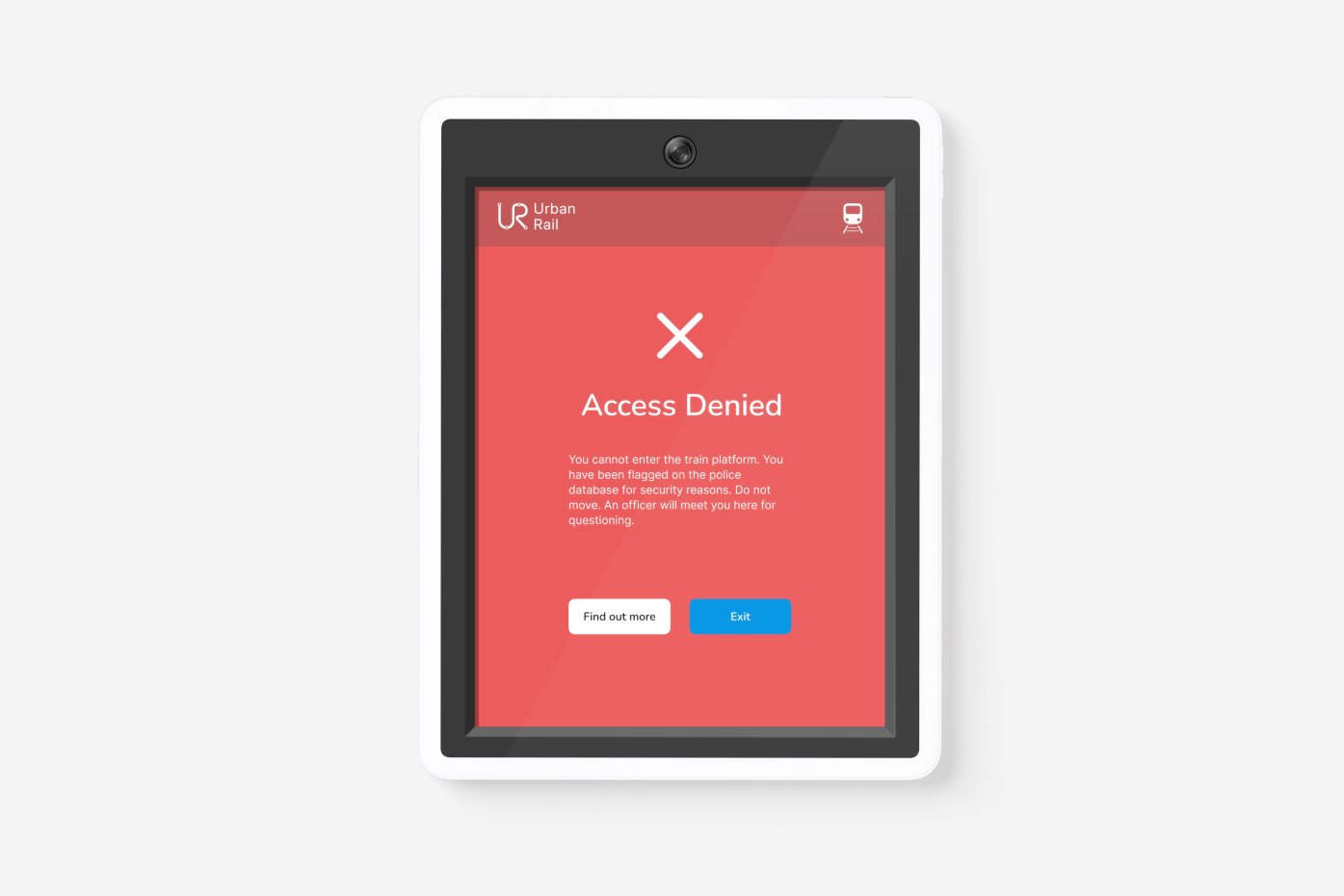
Face Value: Feedback from the facial recognition algorithms we developed inform a series of simulated scenarios. They show users the potential future of access control and surveillance.
Interactive conversation starters
We developed a suite of interactive applications that demonstrate the technology to experts and the community and collect their opinions to inform the model law.
Each application takes face photos, processes them through a custom facial recognition algorithm, and generates outcomes. While a simulation, they are inspired by how the technology is used in the real world.
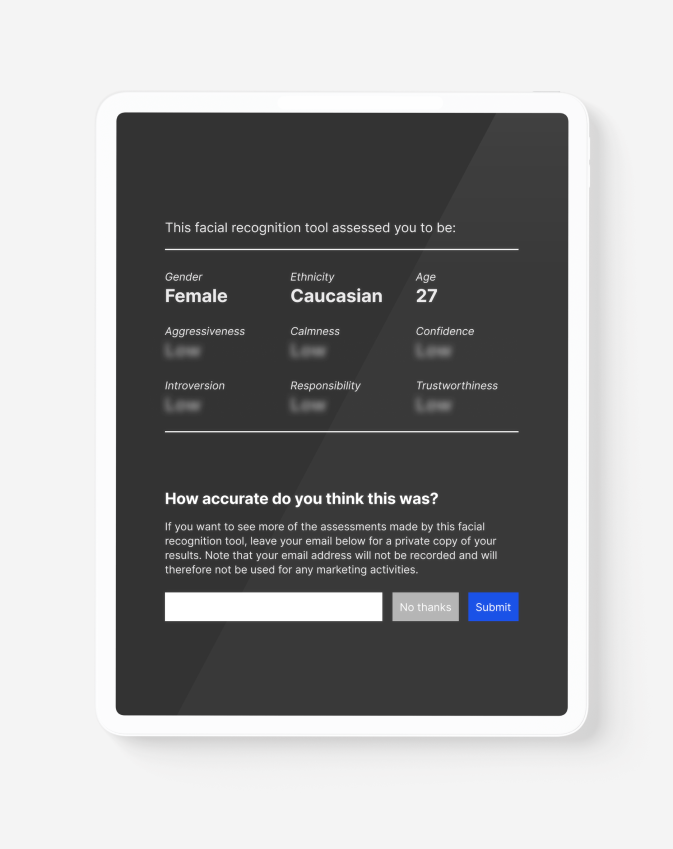
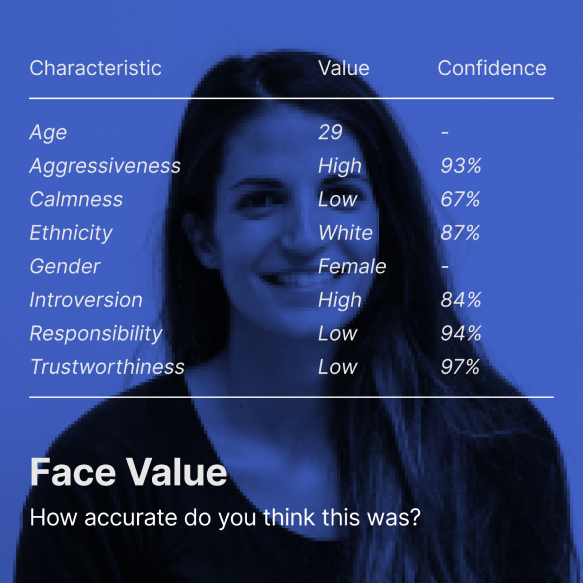
Social features in the application provide users with a digital souvenir of their participation, as a motivation to continue conversation.
Social features in the application provide users with a digital souvenir of their participation, as a motivation to continue conversation.
Public debate and awareness
The suite of applications we delivered, contained two applications with distinct purposes. One application enables research with experts and the community. It is a vital tool for collecting qualitative data from participants in focus groups.
A second application provides the Centre for Social Justice & Inclusion with a public and interactive demonstration of their research expertise. The application is a playful, educational and social experience that provides participants with a digital souvenir of their visit. It premieres at Vivid Sydney 2022.
